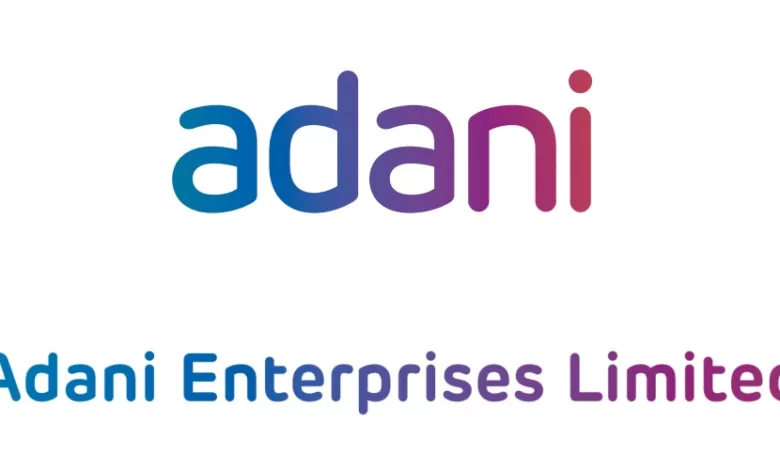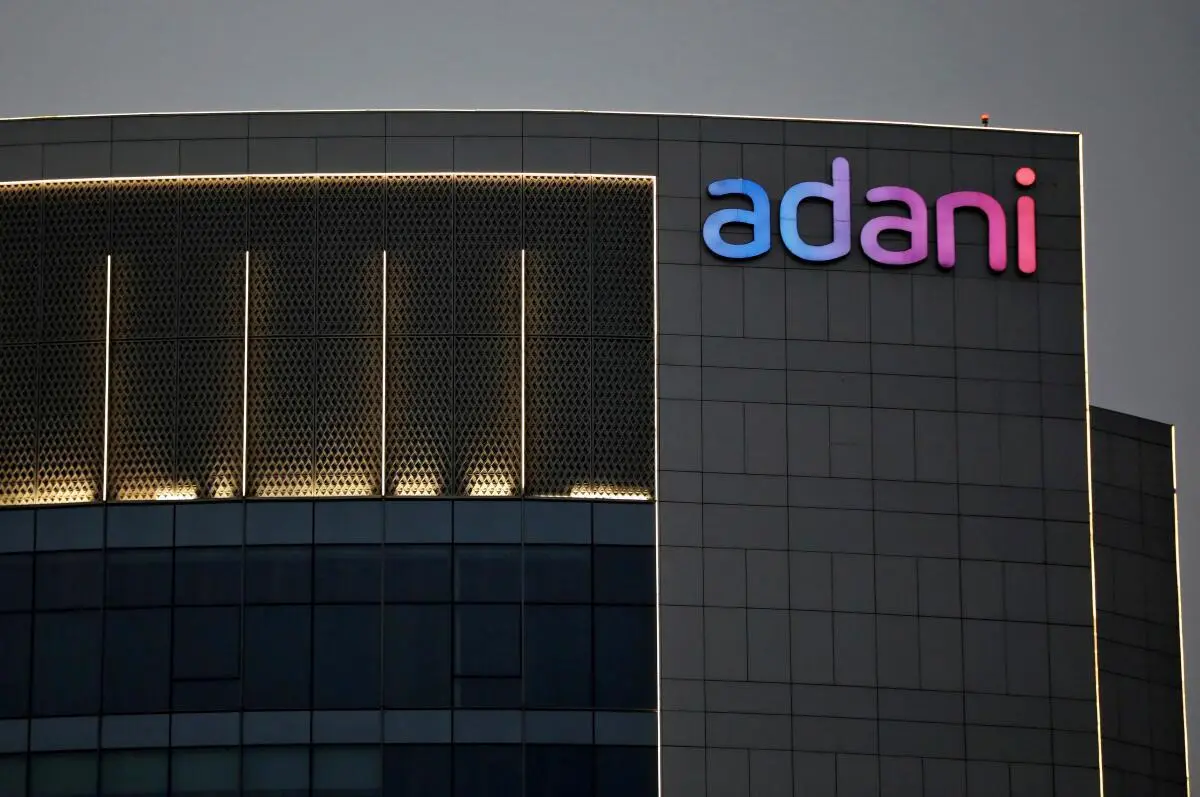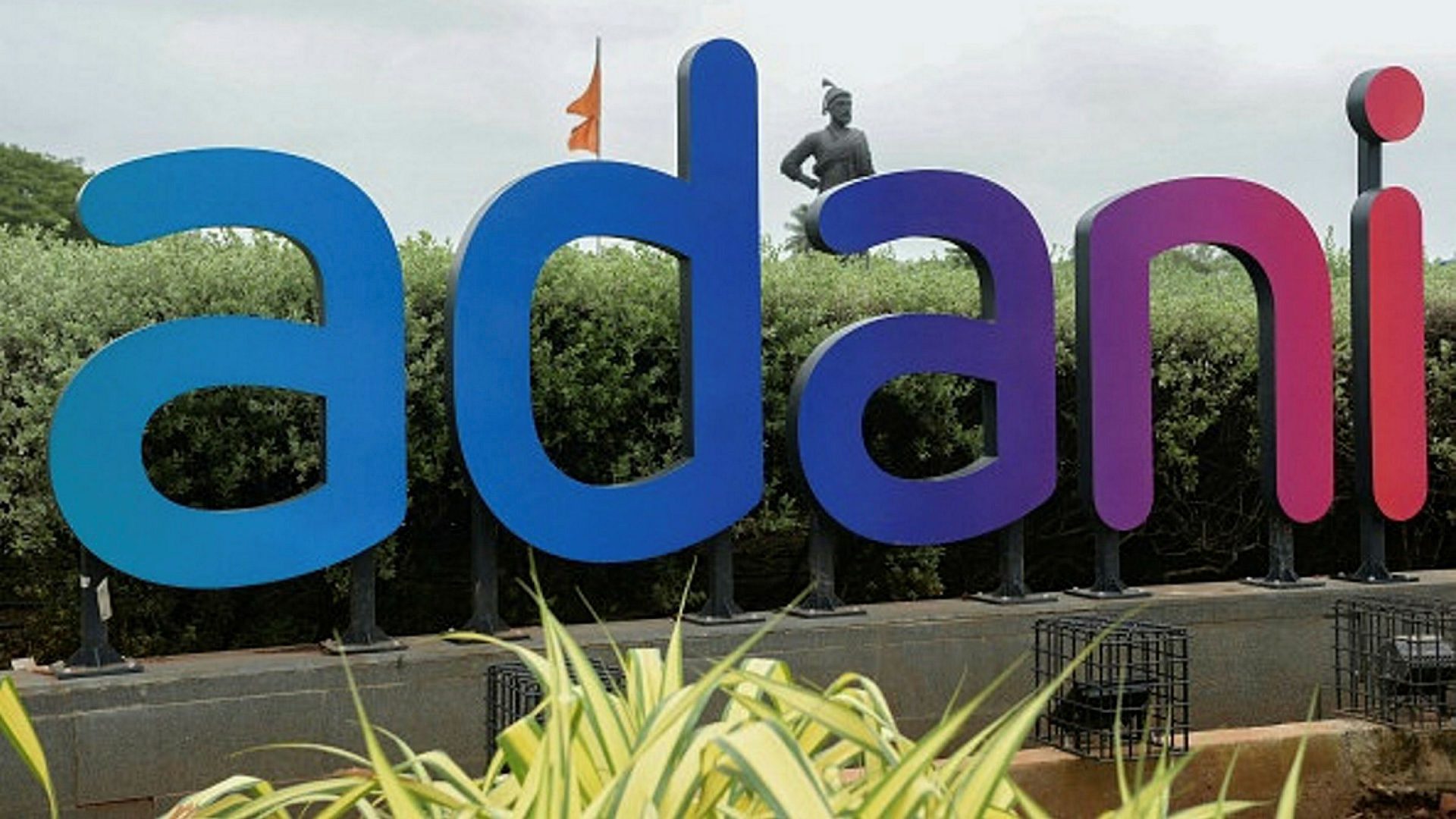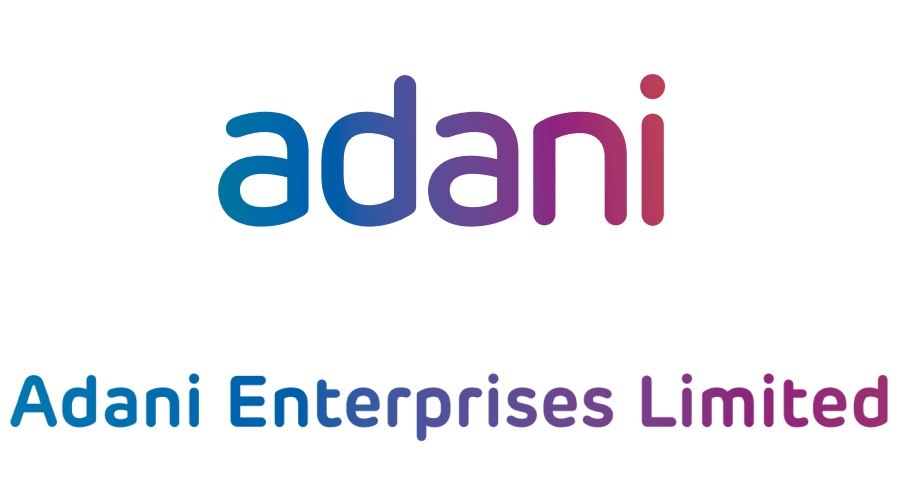Indian banks serve as the safety net for Adani’s finance.

The range of funding possibilities for Gautam Adani is rapidly shrinking. In only two days last week, investors knocked $48 billion off the listed firms of the Indian entrepreneur; his flagship, Adani Enterprises (ADEL.NS), lost 19% of its value. Although the crucial ports-to-power-to-roads conglomerate should be able to control its interest expense, the selloff shatters Adani’s hopes to access international financial markets. As a result, it is reliant on the safety net offered by Indian banks.
The tycoon has few options for halting the share crash caused by a damning research study. The greatest defense against short sellers is normally to purchase shares, but despite Adani’s close ownership structure and its close 6% position in the MSCI India index, huge investors have long viewed the company with distrust. These worries erupted last week when Hindenburg Research claimed the Indian company was using tax havens extensively and “performing the greatest fraud in business history.” Adani denounced these accusations as “misinformation” and “stale, false, and discredited.”
A 413-page response to the assault that was published on Sunday might not bring comfort. The majority of the remaining 88 questions from Hindenburg, for which it is not required to disclose information, mostly concerned public shareholders, according to Adani, and three-quarters of them dealt with material that had previously been made public.
Bringing in a strategic investor would be another method to combat the selloff. The share registries of Adani firms, which are still trading at triple-digit multiples of profits and whose shares are subject to increased scrutiny by India’s securities regulator, would need to be able to resist the intensive inspection of any outside buyer.
Life Insurance Corporation has already shown up as a buyer or lender of last resort for private businesses that it is already involved in as well as for cast-offs from New Delhi. Despite this, LIC would run the danger of losing support from the general public if it raised its Adani investments.
Recently, the entrepreneur has relied on the financial markets and private funding from companies like Apollo Global Management (APO.N), including significant investments from France’s TotalEnergies (TTEF.PA) and Abu Dhabi’s IHC, to finance the growth of his business (IHC.AD).
The unadjusted debt of the Adani Group, which is equivalent to $27 billion at the current exchange rate, increased by roughly 40% in the most recent full fiscal year. The businessman had intended to obtain $3 billion in the first three months and raise $5 billion through public markets in 2023. Additionally, he had plans to repay the loans from the multibillion-dollar cement transactions, which were supported by international financiers.
Indian banks are capable of stepping up. According to CLSA analysis, less than 40% of the debt at the top five Adani enterprises is owed to domestic lenders, which represents less than 1% of all loans made in the nation. However, when high-profile loans default, heads of state financial institutions come under heavy investigation from investigative authorities. It would make sense for banks to hold back as well, given the commotion around Adani.
Fears of an Adani spillover hurt LIC and bank stocks.
Due to worries about their exposure to the Adani Group, which was recently accused of stock manipulation and accounting fraud by a US short seller, shares of India’s largest life insurance company and other banks fell sharply on Friday. Before the markets opened on January 25, LIC had shares in the ports-to-power conglomerate’s firms worth Rs 81,262 crore. Over the previous two trading days, however, LIC has lost Rs 18,645 crore on those holdings. On Friday, the market capitalization of the State Bank of India and nine other public sector institutions fell by a combined Rs 50,571 crore.
“A negative study report on Asia’s richest promoter group corporations was the primary cause of the sudden decline in the Indian market.” Even though the results of the sector are positive owing to increased group lending, signaling potential risk, this is also having an impact on the banks’ stocks. Head of Research at Geojit Financial Services, Vinod Nair, stated in a note Due to their large exposure, “PSU banks are the most harmed as compared to private banks.”
After Hindenburg Research’s damning analysis was published on January 24 and it was revealed that it was shorting the group’s shares, the market value of billionaire Gautam Adani’s enterprises decreased by nearly Rs 4.2 lakh crore or a fifth of their total market value. A stock is shorted when you wager that its value will decrease.
Adani Enterprises, Adani Transmission, Adani Green Energy, and Adani Total Gas, four of the group firms, all experienced a 20% decline in share value on Friday on the S&P BSE Sensex Index. A few of the group’s stocks also activated their respective lower circuits, halting further stock trading until new purchasers could be found. The Sensex saw the worst performance in Asia on Friday after dropping 1.45%.
Bill Ackman, a well-known American billionaire investor, and hedge fund manager, endorsed Hindenburg’s report on Friday. The opposition party has responded to allegations that the Adani Group is affiliated with India’s Narendra Modi regime. Jairam Ramesh, a prominent member of the Congress and a member of parliament, questioned the administration on Friday for ignoring its “favorite business group.” Ramesh further urged important regulators, including the Securities and Exchange Board of India and the Reserve Bank of India, to step in and conduct a comprehensive inquiry to protect the financial stability of the nation through a message on Twitter.
India’s LIC has a large investment in Adani’s businesses.
Private investors have been somewhat hesitant to participate in Adani equity despite the rise of Adani’s firms. The government, in particular the 66-year-old Life Insurance Corporation (LIC), which is majority-owned by the government and oversees more than $500 billion (41 lakh crore rupees) in assets, hasn’t had any such reservations. For LIC’s insurance products, more than 50 million consumers make premium payments. Few brands have greater public confidence in India than in LIC.
Adani Enterprises, Adani Green Energy, Adani Ports, Adani Total Gas, and Adani Transmission are five of the seven listed Adani Group firms in which LIC has expanded its investment over the past two years, bringing the total to $9.5 billion. As of September 30, these stakes represented 4.6% of the five firms’ combined market capitalization. The amount invested in the same equities by mutual funds in this manner is over five times more.
The exposure of LIC to these five Adani enterprises was $889 million in September 2020 or 1.24% of LIC’s equity assets under management. However, a surge in stock prices and increases in ownership has tripled that worth, taking it from $3.9 billion in 2021 to $9.5 billion today, or about 8% of all the equity assets of LIC.
In light of the fact that many Adani Group companies don’t generate a lot of cash flow, the share [owned by LIC] is sizable. Some of them aren’t even profitable, according to Amit Kumar Gupta, the founder of the equities research company Fintrekk Capital, who spoke with Quartz.
Some companies, like Adani Green Energy, are high-capex, forward-thinking organisations.It’s not completely risk-free to have that much debt from one group of companies since any negative changes to the debt position might have a cascade effect.
What impact the Adani Group has on LIC’s performance
Undoubtedly, LIC has significant holdings in the businesses owned by the Reliance and Tata groups. However, such conglomerates are more established and older. The growth of the Adani Group has been considerably more recent. Perhaps as a result, LIC has the most to gain but also the most to lose from changes in the price of Adani shares.
In five years, shares of Adani Enterprises, the group’s main company, have increased by more than 2,500%. It has bought controlling shares in businesses in a variety of industries during the past five months, including IT, airports, and the media. But if these debt-financed projects fail, the value of LIC’s interests will drop, thus making it more difficult to pay out insurance claims to policyholders. After listing a 3.5% share in itself in May of this year, LIC has already suffered greatly. One of the largest asset losers in Asia, LIC has had $17 billion of its market value destroyed by unfavorable economic conditions and rising inflation.
The Adani Group is heavily exposed to India’s state banks.
The dangers for Indian banks, who are already dealing with problematic loans, are increased by the Adani Group’s rising ambition for development. The Adani Group’s total net debt in the fiscal year of 2022 was close to $20 billion. State-owned bank loans make up 21% of the total, including those from Bank of Baroda and Punjab National Bank, down from 55% in 2015–16.
The State Bank of India accounts for close to 40% of all loans made by public sector banks, or $2.3 billion in total. Private bank loans make up about 11% of the total, down from 31% in 2015–16. Corporate debts and Adani’s equity capital program make up the remaining debt.
According to Sonam Chandwani, managing partner of KS Legal & Associates, “banks have been preferring Adani despite concerns about [the Adani group] being overleveraged.” They ought to exercise caution since chaos might result if the organization ever enters a default cycle. According to Sonam Chandwani, managing partner of KS Legal & Associates, “banks have been preferring Adani despite concerns about [the Adani group] being overleveraged.” They ought to exercise caution since chaos might result if the organization ever enters a default cycle.
That type of collapse can occur. Risk issues and the potential for the organization to fall into a debt trap have already been identified by rating agencies and financial experts. Adani Group is “seriously overleveraged,” according to CreditSights, a division of Fitch Ratings, which may cause “one or more group firms to default.” A second issue for the firm is “high key-man risk,” or the lack of strong management underneath Adani.
Abhishek Dangra, a senior director at S&P Global, stated in an August 2022 report that “the risk is so significant that Indian banks, as well as certain international capital bond market investors, are considering limitations on lending to one group, which can create a headache for the conglomerate.”
The Adani Group stated in a 15-page statement in response to the CreditSights assessment that over the past nine years, its net debt-to-EBITDA ratio—a measure of a company’s overall commitments, including debt and other liabilities—has decreased from 7.6 to 3.2. A good net debt-to-EBITDA ratio is less than three. The likelihood that the company will effectively pay off its debt increases with a lower ratio.
According to Amit Tandon, the founder of Institutional Investor Advisory Services, a Mumbai-based company, “the general anxiety is around the rate at which Adani’s companies are growing, and along with the acquisitions across multiple sectors, the question that comes to everyone’s mind is whether the group will be able to digest the same.” In “three to four years,” according to Tandon, the situation surrounding the Adani Group’s expansion will become more evident. Chandwani was concerned, though, that “the Indian stock market may see a ripple impact if the Adani group’s bubble breaks.”
Given how deeply and broadly the enterprises are ingrained in the infrastructure of the nation, a significant default by one or more of Adani’s companies would shake not only the equity markets but also the whole Indian economy. Her indirect exposure to the group through LIC and state-owned banks would also hurt the taxpayer. The damage would be limited by a bailout. If the government determines that the Adani Group has become too large to fail, then funding for that would also come from the public coffers, but it would be inevitable.
edited and proofread by nikita sharma




